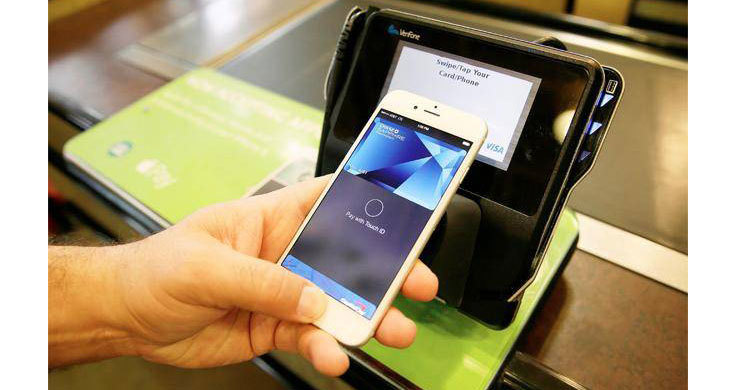Why using a digital wallet is like leaving a door open

I am hoping my kids don`t do it," says Sarah Jane Hughes. The professor of commercial law in the US isn`t alluding to sex or drugs.
She`s talking about the dangers of mobile payments services. She`s not the only one sounding an alarm: In September almost half of about 900 members of Isaca, an association of IT professionals and risk managers, said mobile payments aren`t secure.
In 2016, 148 million people around the world will reach for their handsets to make payments at in-store point-of-sales terminals, according to a report from Juniper Research.
Many millions more will use payment apps such as Dwolla or Venmo to send money to friends and businesses.
The boom is creating opportunities for hackers and thieves, and security gaps in some of the apps are leaving buyers as well as sellers exposed.
According to a September report by researcher LexisNexis, merchants reported that "alternative payment methods," a category that includes PayPal and other nonbank financial companies, accounted for 21% of all fraud in 2015, up from 13% the previous year.
Along with a handful of well-known companies such as Apple, Google and Samsung, the mobile payments field has attracted thousands of thinly capitalized startups.
"There`s a lot of two engineers and a goat," s a y s R i c h a r d Crone, chief executive officer of Crone Consulting, which advises the industry.
Crone predicts the number of digital wallets that can be used in stores will double within the next 12 to 18 months and the number of mobile web or in-app payment services will triple over the same period.
"We have a lot of people competing to deliver the same service," says Michael Belton, vice president for applied research at Optiv Security.
He says that in the rush to get their product out, many developers are cutting corners.


